IDM Südtirol
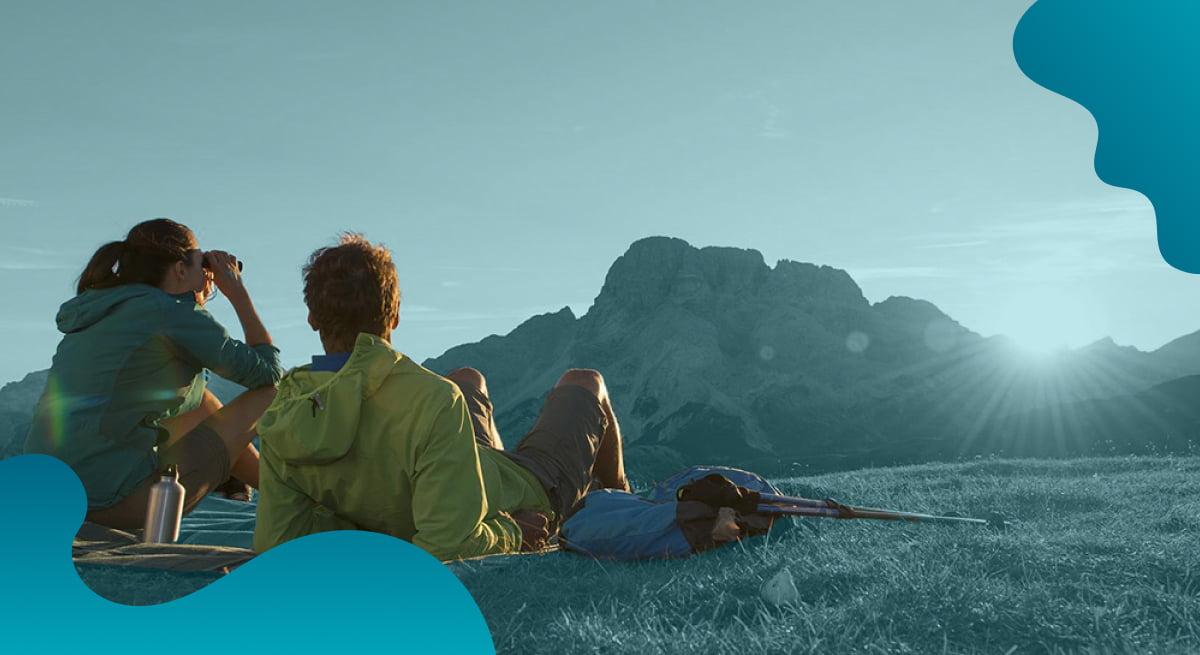
No two companies are alike. That’s why in this section, we present how Canto is implemented in different industries and situations. This time around, we spoke with Manuela Mayr (Brand & Content, Team Creative) & Serena Osti (Brand & Content, Creative Team) of IDM.
What is your job at IDM?
Manuela Mayr:
I mainly handle conceptual design and support for photoshoots in the tourism sector in South Tyrol. When it comes to photo production, we primarily focus on two areas: tourism and agricultural products.
Serena Osti:
Just like Manuela does with tourism, I see to conceptual design and support for photoshoots in the farming sector. Manuela and I are both part of IDM’s “creative” team. What’s exciting about this is that we’re promoting both South Tyrol as a tourist destination and its famous farming products. We collaborate with a multitude of different external partners, e.g. South Tyrol Wine, South Tyrol Ham Consortium, South Tyrol Apple Consortium, South Tyrol Alpine Dairy Association, and the small producers who proudly display the South Tyrol quality seal.
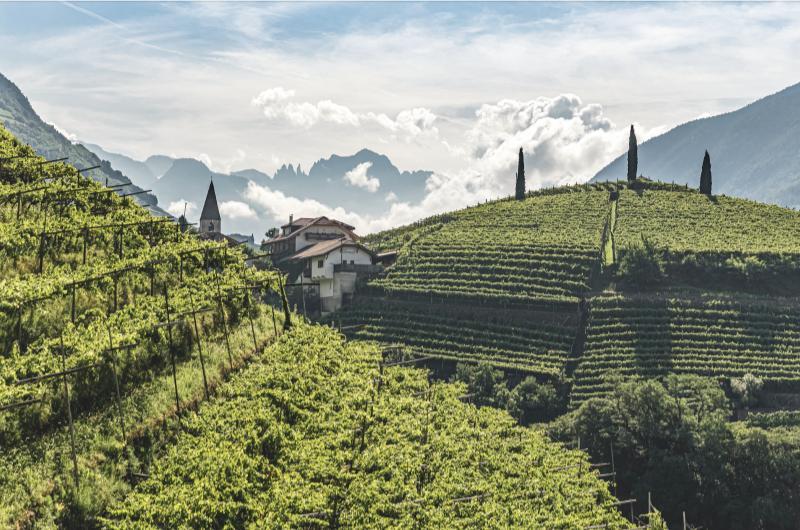
How did the topic of digital asset management come up at IDM?
Manuela Mayr:
At the time, we were using a DAM, but it only contained images. The system was relatively obsolete and unfortunately not very user-friendly. Then there was the fact that only tourism images were stored. Our goal was to clean up our image pool and re-organize it all in a new media database. Besides images, this also includes videos and text documents. We also wanted to make it easier for colleagues and external partners to find things and incorporate the whole farming media archive.
So why did you end up going with Canto?
Serena Osti:
After searching around for a long time, we solidly focused on our requirements and shortlisted three vendors. Canto won us over with their straightforward communication, clearly structured offer, and great advice. When we tested it out, the user-friendly interface immediately made a positive impression. We jumped in and we understood how the system works right away. That was the biggest plus for us.
How did the introduction go?
Manuela Mayr:
At the beginning, we had a big in-house introduction with our implementation manager. That went very well. Of course, most of the questions only started coming up when we were actually working with the system by ourselves. Our colleagues can either rely on our internal training documents or simply use the Canto Help Center.
What was really helpful was that new features were added, and adjustments made whenever we requested, for example, the filter function which is now available in multiple languages!
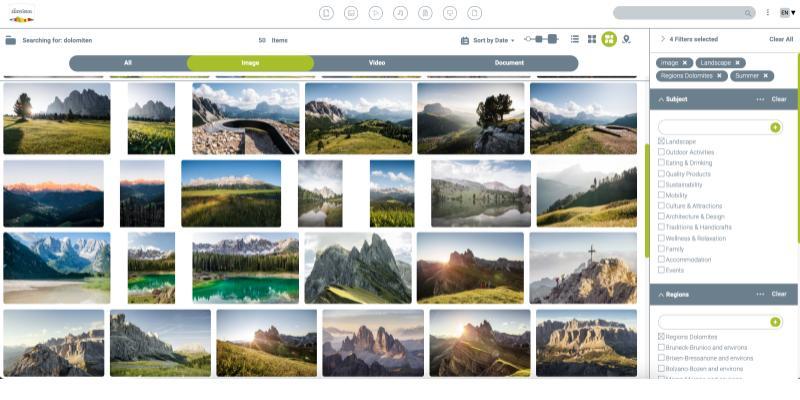
Serena Osti:
Yes, we’re really pleased with Canto’s customer service and support. It’s really a customer-oriented service. Canto is a living system that undergoes continuous further development and is geared toward contemporary customer requirements, and that will make Canto hold its value in the future, too.
We find it helpful that we can make our training PDFs available right in Canto. That lets us update documents at any time. It also means that we have a source which is regularly updated and doesn’t have to be re-emailed as a PDF every time a change has to be made.
How is Canto used in-house and externally?
Manuela Mayr:
Internally-house, the wholeall IDM staff and in-house agencies use the database. From not wine marketing to press agencies for the various markets, but also the region’s agricultural product consortia and their employees: that really is a lot of users.
Externally, we have Canto Pportal for press representatives and tour operators along with accommodation companies and businesses carrying South Tyrol umbrella brand.
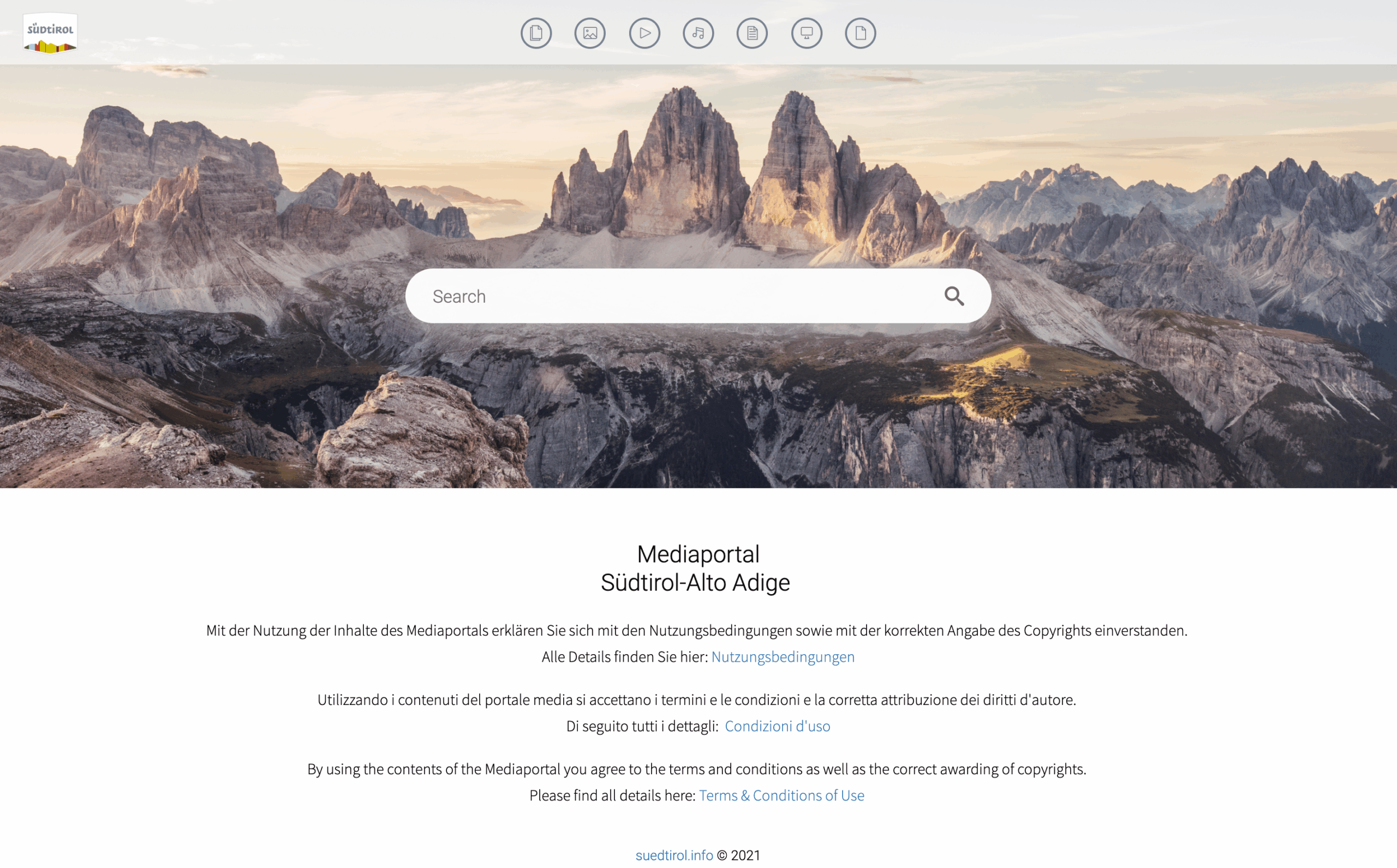
There’s also our toolbox for South Tyrol hosts which also runs on Canto technology. The whole toolbox topic arose out of the region’s first lockdown 2020. We needed a solution quickly to make content available to our members, especially in the tourism sector. Among other things, this included communication guidelines for social media, boiler plate texts, short videos and templates for Instagram and Facebook.
Serena Osti:
IDM South Tyrol is a complex umbrella brand with various sub-brands. All of the stakeholders in the tourism and business sector who are part of this brand structure have certain ways to use this brand and its components. This is consistently visually reflected in the media portal, specifically by the common, unique “South Tyrol image style” which is a recognizable theme in the media we make available. The icing on the cake is the fact that our terms of use inform and empower our authorized umbrella brand carriers to use these media.
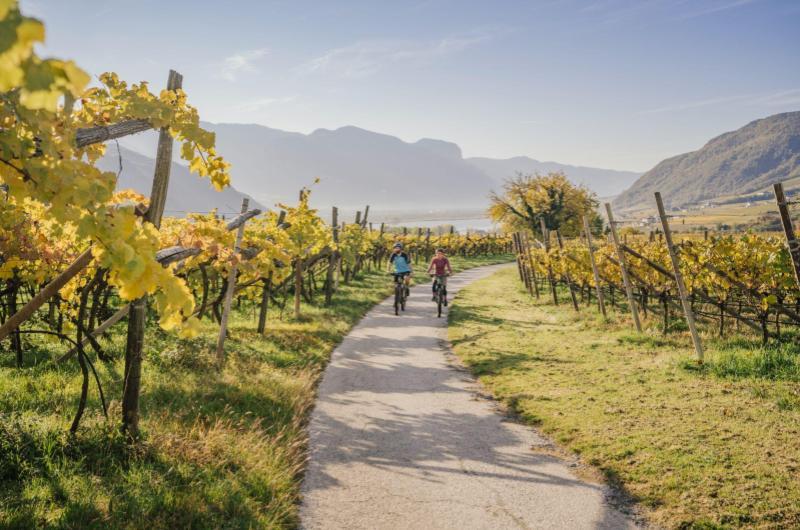
The terms of use are always available in three languages – German, Italian and English, why is that?
Manuela Mayr:
In South Tyrol, 70% of the population speaks German and 25% Italian as their mother tongue. There is also the Ladin language, the region’s oldest language which is spoken by 5% of the population. Multilingualism is one of the particularities of South Tyrol, so that’s something we also wanted to represent in our media Portal.
Besides German and Italian, we also included English for international partners. It was one of the biggest challenges in the project, but ultimately, it was really easy to implement technically speaking. That was another reason we ultimately opted for Canto.
Serena Osti:
We also use the three languages in the metadata structure. We definitely pushed Canto to the limit in that regard. We first adapted the filter system to our needs. It’s now in three languages and structured according to our main tourist destinations.
There’s also the option to filter by technical parameters, e.g. by format. That’s very handy, especially when it comes to social media. In the next step, we dealt with keywords. We were able to import a lot of them from the former system and expand them accordingly with additional languages.
What does a typical workflow look like there? Where do all the great pictures & recordings come from?
Manuela Mayr:
Serena and I supervise the shoots ourselves. We start with a clear definition of the goal (strategic needs for our communication in the tourism or agriculture sectors or both). We then start looking for the perfect location while taking inspiration from mood boards and archive material along the way.
Depending on how complex it is, we visit the site and test out some things right on location and look for suitable props and models. Then we move to the implementation phase. For outdoor shoots, it’s of course crucial to have good weather. That’s not usually an issue for us, since there are a lot of sunny days every year in South Tyrol, which means we can produce great photos and videos all year round.
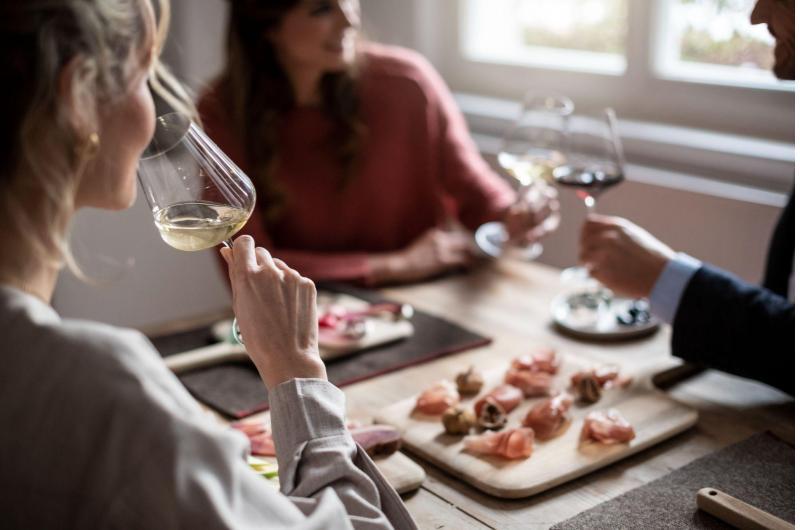
What type of assets do you have stored in Canto?
Manuela Mayr:
Besides all our images, we also save icons and our extensive collection of video material in Canto. We also save our press releases in Canto as text documents in PDF format.
Serena Osti:
We often receive inquiries from local, national, or even international television broadcasters and film producers and videomakers who work for creative agencies and are looking for great, contemporary material from South Tyrol. We’re happy to provide it at any time.
Do you have a favorite Canto feature?
Manuela Mayr:
Mine is definitely the feature you use to create your own collections and easy link sharing. Fast, easy, and straightforward. Generally speaking, it’s really useful how quickly you can display and hide content using the filter functions!
Serena Osti:
I use the share function with links almost daily, it’s really handy. You can even update existing links.
Another thing I find handy is the duplicate search. The fact that in spite of everything there is still a library structure is really helpful. In a word, Canto is simply intuitive to use. The same thing goes for the administrator area.
Overall, the quality of Canto is also reflected in the quality of their employees. Our initial contact with the Canto sales team and later on with Stephan Kühnel, our implementation manager, were both pleasant experiences. We have always received professional support. We could always reach Mr. Kühnel and thanks to his flexibility, we always came up with creative solutions, which is a priceless plus.